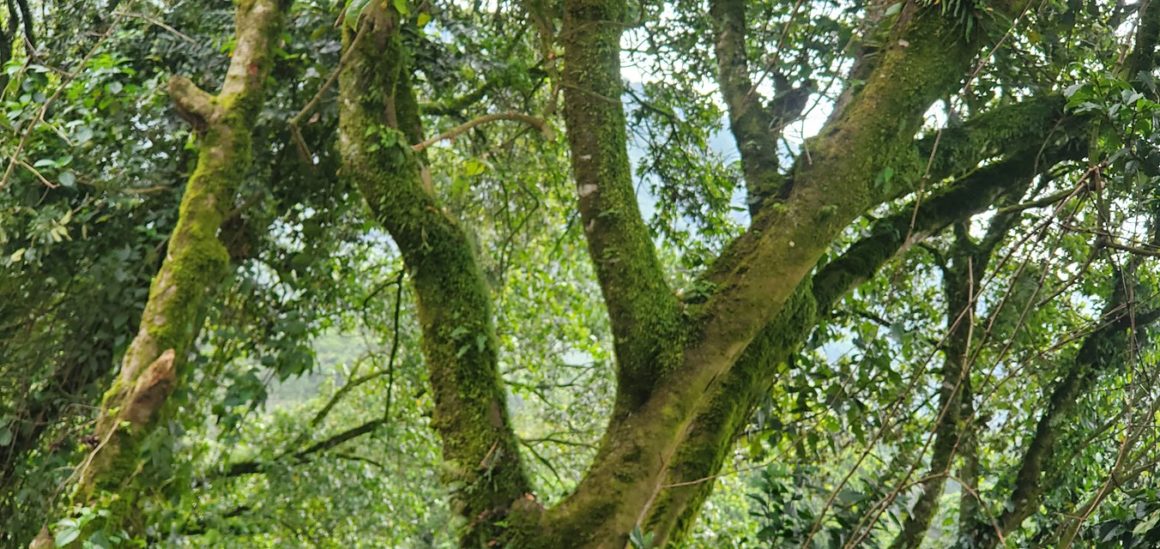Mammals in tropical protected areas do not escape the impact of human activity, even if that activity occurs outside the protected area. That’s the conclusion of a new international study in 16 tropical forests. Researchers used cameras to study the impact of human activity on animals in relation to what they need in their habitat. These insights can help with natural area management and biodiversity policies.
Recently published in Nature Ecology & Evolution, the study includes the largest standardized long-term camera study to date. The research team analyzed millions of camera images to see how human factors (such as population density and habitat fragmentation) affect 159 mammal species in 16 different natural areas across three continents.
Some species more sensitive to human presence
One of the main differences the researchers looked at in their analysis was the distinction between “specialists” (species found only in a particular environment) and “generalists” (species that thrive in different habitats). They saw that specialists are often more sensitive to negative impacts of human activity, such as hunting and land-use change. So the African tree pangolin in Uganda’s Bwindi Impenetrable National Park, for example, would have to move deeper into the area. There, the forest is less fragmented, which is more favorable for such a specialized species.
On the other hand, there are the generalists, who do well in different habitats. Such as the tayra (black-brown wolverine), a marten as large as a dog found mostly in neotropical forests. It feels at home in the forest as well as on grasslands and fields.
At the edges of natural areas, habitats are most diverse. For example, where forest transitions into an open landscape, such as farmland. Some generalists thrive in these types of diverse environments because they have access to multiple food sources. But the advantages of living on the edge of such an area only outweigh the disadvantages if few people live there. At higher population densities, these generalists no longer benefit from the transition between natural and inhabited areas. Probably due to human disturbances, such as hunting.
Standardized camera protocol at all survey sites
The dataset was assembled by a large network of researchers at various research stations, all of whom used the same method to capture images. It contains millions of images taken over several years by more than 1,000 cameras. Asunción Semper-Pascual, postdoc at the Norwegian University for Life Sciences and first author of the study, said, “Cameras can be used in a lot of ways to monitor wildlife. In this case, we used the same protocol in all protected areas so that comparisons could be made more easily.’
The images gave the researchers insight into how wildlife appears to respond to activity inside and outside protected areas. Says co-author Douglas Sheil of Wageningen University & Research, “One of our research sites, the Bwindi Impenetrable National Park in Uganda, is a difficult place to work. It’s not called “impenetrable” for nothing. The cameras allowed us to collect consistent data even in this challenging environment. They showed us animals and animal behavior that we would otherwise only see sporadically. The African gold cat, for example, is rarely observed. But during our first study, we were already shown 700 images of a healthy population.’
Management of existing and new natural areas
Last year at the United Nations Biodiversity Conference, the important “30-by-30” target was agreed upon. In this context, the results of the research can be used not only in the management of existing protected areas in the tropics, but also in the establishment of new areas. For the most beneficial impact on biodiversity, management and policy strategies must consider factors both inside and outside protected areas (such as the role of local people).
Sheil: “It is important to better understand how individual species respond to stressors caused by humans. That can help prioritize protection. It can also guide wildlife management. Not only locally, by paying extra attention to vulnerable species, for example. But also globally, by showing how landscape factors outside protected areas affect biodiversity.’
The research was funded by the Research Council of Norway (NFR301075) and the National Science Foundation (2213568).
Source: Wur.nl
